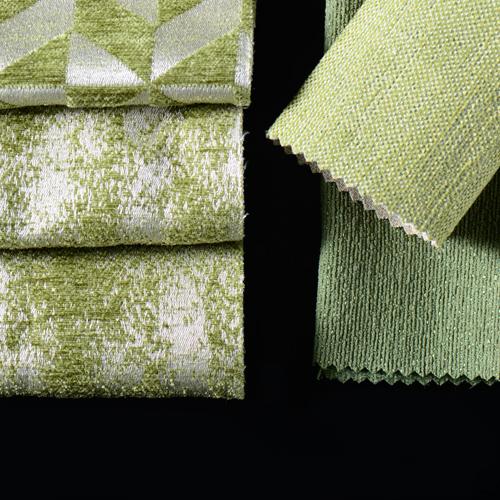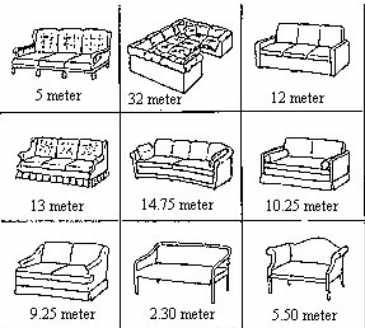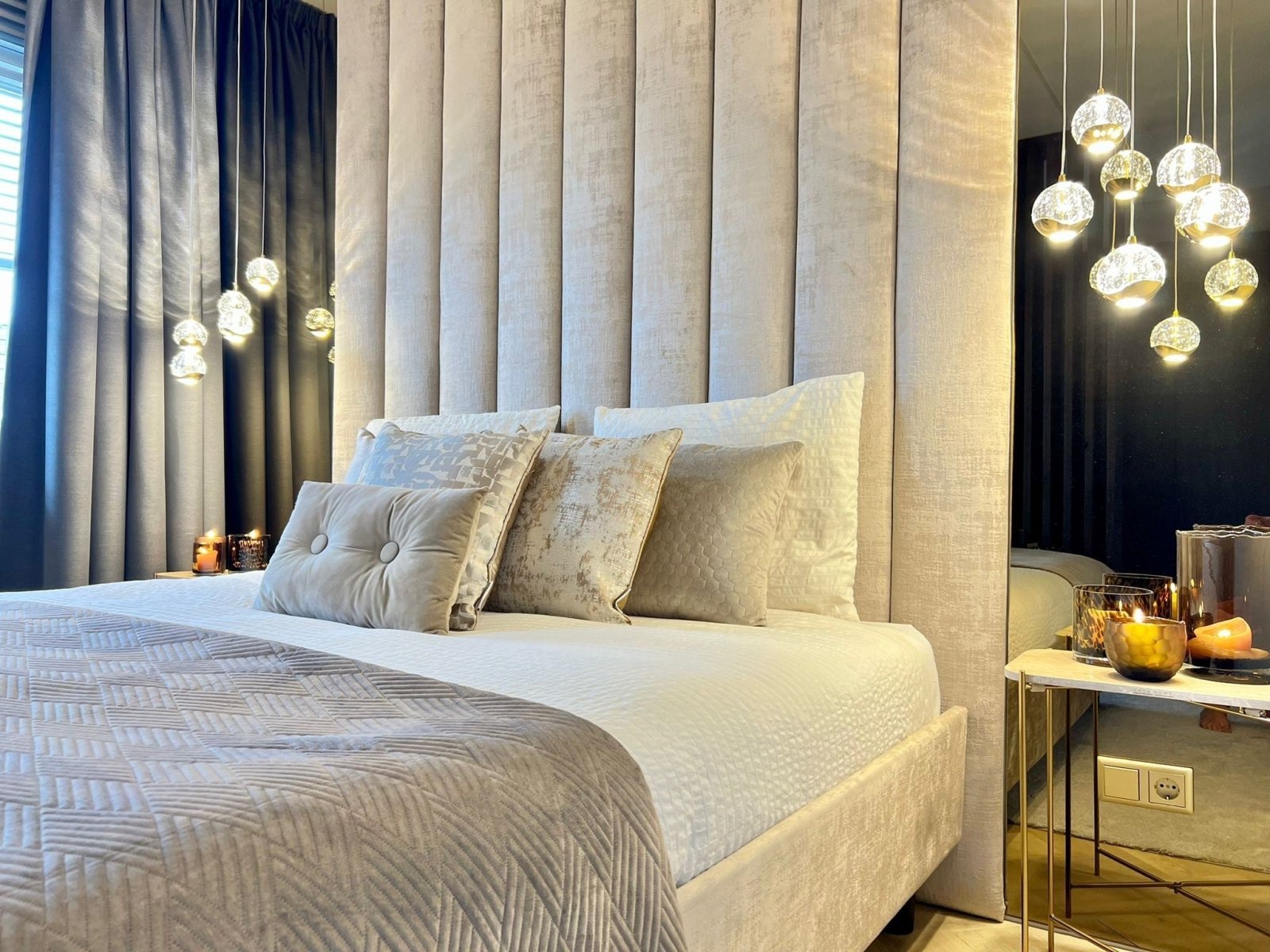Chenille upholstery fabrics His popular upholstery materials that are known for their soft texture, durability and versatile appearance. Here is an extensive explanation about Chenille upholstery fabrics:
What is Chenille?
Chenille is a type of fabric that takes its name from the French word for 'caterpillar', because the texture of the substance is reminiscent of the fluffy surface of a caterpillar. The fabric is made by processing short, raised fibers in a core of yarn, resulting in a soft and luxurious surface.
Properties of Chenille Furniture fabrics
-
Softness and comfort: Chenille is particularly soft and feels comfortable. This makes it an excellent choice for furniture covering that is often used, such as benches and armchairs.
-
Sustainability: Despite its soft texture, Chenille is a sustainable substance. The density of the fibers and the way they are woven contribute to the strength and long service life of the fabric.
-
Versatility in designs: Chenille is available in a wide range of colors and patterns, making it easy to find a style that matches any interior.
-
Shine and depth: The fibers of Chenille have a natural shine that gives the fabric a luxurious look. This shine subtly changes depending on the light, which gives the fabric a rich and dynamic appearance.
Advantages of Chenille furniture fabrics
- Comfortable: The soft, plush texture from Chenille makes it very comfortable to sit on.
- Attractive: The fabric has a luxurious look that can give every room an elegant look.
- Heat: Chenille feels warm and inviting, which makes it ideal for living rooms and other spaces where comfort is important.
- Easy to maintain: Although Chenille can be sensitive to stains, it is generally easy to clean with a vacuum cleaner or a soft brush. Some chenille fabrics are also machine washable.
Disadvantages of chenille furniture fabrics

- Stain sensitivity: Chenille can be sensitive to stains and spills. Regular maintenance and the quick treatment of stains is important.
- Sensitive to wear: In areas with intensive use, Chenille can show signs of wear over time, such as fluff formation.
- Discoloration: Exposure to direct sunlight can lead to discoloration of the substance.
Maintenance and care
- Regularly vacuum: This helps to remove dust and dirt that can accumulate between the fibers.
- Treat spots: Use a clean, dry cloth to immediately dip liquids. Avoid rubbing because this can spread the stain.
- Professional cleaning: For stubborn stains or deeper cleaning, it is advisable to engage a professional cleaning service.
- Sunlight protection: Place furniture with chenille upholstery in a place where they are not immediately exposed to sunlight to prevent discoloration. Do they have to be able to withstand sunlight? Then we have substances from Sunbrella on order.
Applications of Chenille furniture fabrics
Chenille is often used for:
- Benches and chairs: Because of comfort and aesthetic attraction.
- Cushions: For an extra soft and decorative touch.
- Plaids and blankets: For extra warmth and luxurious appearance.
What is Chenille made of?
Chenille is made from a variety of materials, including natural and synthetic fibers. Here are the most common materials used in Chenille substances:
-
Cotton: This is a widely used natural material for Chenille. Cotton is breathable, soft and hypoallergenic, which makes it a good choice for upholstery fabrics who have direct contact with the skin.
-
Polyester: Polyester is a synthetic fiber that is often used in Chenille because of its durability and resistance to stains and wear. It also helps the dust to remain shape.
-
Acrylic: Acrylic fibers give Chenille a woolish texture and are known for their softness and warmth. Acrylic is also colourfast, which means that the colors of the fabric fade less quickly.
-
Rayon: Rayon is often added to Chenille to give the fabric a silky soft shine and flexibility. Rayon is made of regenerated cellulose fibers, usually from wood pulp.
-
Polypropylene: This is another synthetic fiber that is sometimes used in Chenille because of its strength and resistance to stains and moisture.




